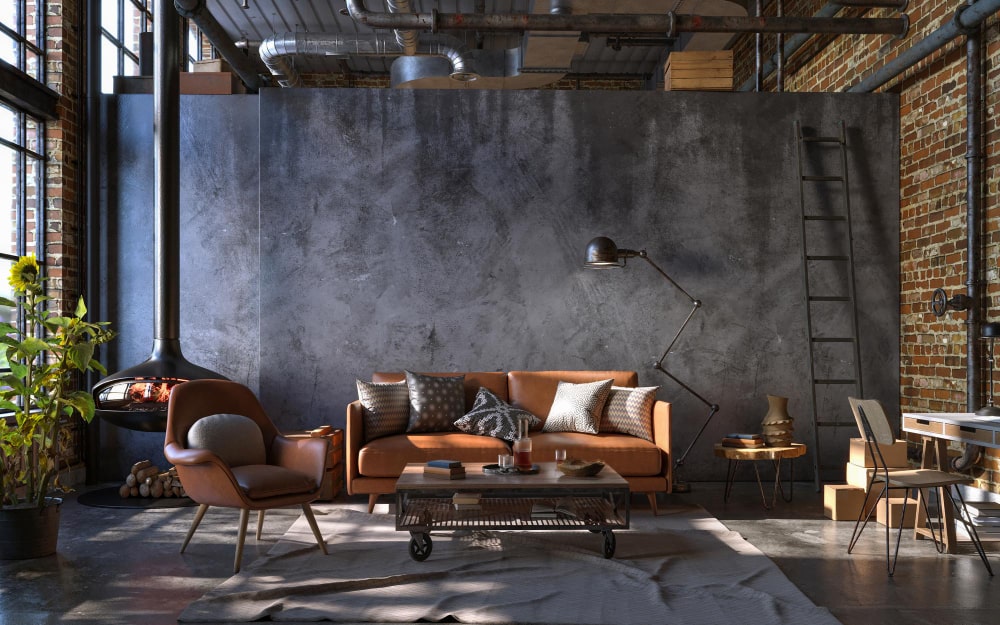
You’ve been dreaming of giving your home an interior design refresh to elevate its style and create a space that truly feels like you. But with so many options and themes to choose from, where do you even start? In this article, we’ll break down the cost, convenience, and comfort of five timeless home interior design styles – traditional elegance, modern minimalism, transitional, rustic charm, and luxurious glamor.
Read on to discover which look speaks to your personal taste and lifestyle needs so you can make informed design decisions that will stand the test of time while creating a home you’ll absolutely love living in. With the right information and inspiration, you’ll be on your way to crafting interiors that are uniquely you.
1- Traditional Home Interior Design Theme
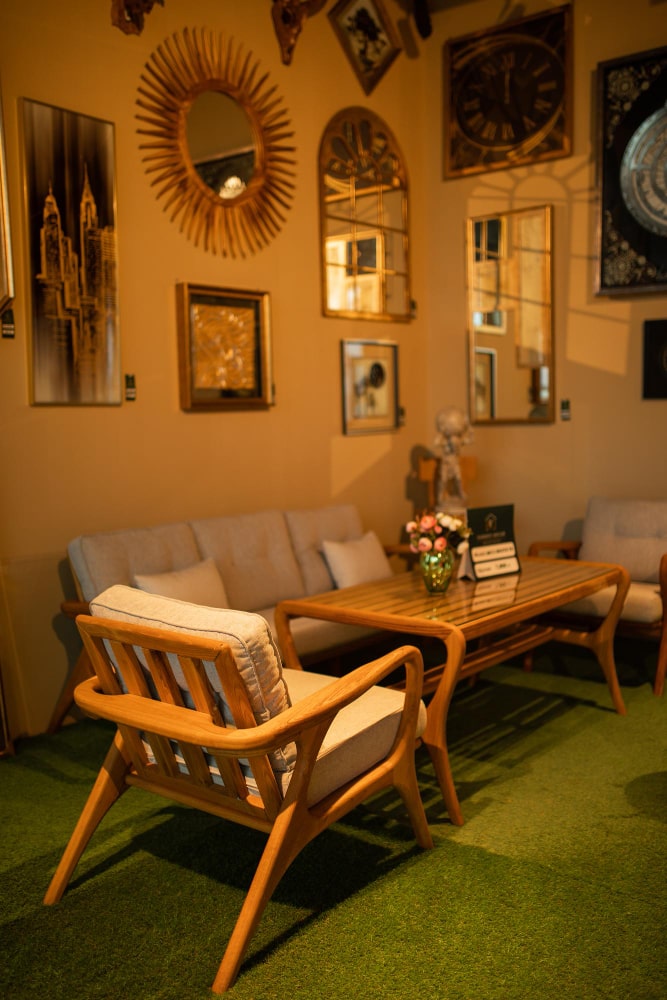
a- Plush fabrics
Nothing says traditional luxury like plush, sumptuous fabrics. Upholster furniture in rich velvets, damasks, brocades or tapestries in deep jewel tones like emerald green, burgundy or navy. Use luxurious fabrics for draperies, bedding, pillows and rugs to create an opulent look.
b- Dark, polished wood
Traditional elegance is characterized by dark, glossy wood tones. Choose wood pieces like four-poster beds, armoires, credenzas and buffets made of mahogany, cherry or rosewood. For flooring, go with wood planks or parquet in a deep walnut or chestnut stain.
c- Ornate accents

Traditional decor is all about detail. Look for furniture, lighting fixtures, decorative accents and hardware with intricate carvings, castings or gold gilt finishes. things like crystal chandeliers, gilded mirrors, carved wooden frames or metallic table lamps. Pay attention to molding, cornices, staircases and fireplace mantels which can be highlighted with decorative trim, carvings or paint techniques like glazing or stenciling.
d- Timeless color palette

Stick to a classic color palette of rich, saturated hues like burgundy, navy, emerald and gold which have stood the test of time. For walls, choose shades like chocolate brown, charcoal gray, wine red or deep olive green. Accent with metallic golds which provide a touch of glamor and warmth. Ivory and cream also work well for trim, ceilings and as an accent color.
e- Careful styling
Traditional decor is all in the details, so take time to style your space. Group decorative items like vases, candlesticks, bowls and trays on console tables, mantels and buffets. Include framed artwork, botanicals or landscapes in gilded frames. Fluff and fold draperies, bedding and pillows to create a lush look. Place table lamps, sconces, candelabras and chandeliers strategically around the room to create dramatic pools of light and shadow.
With plush fabrics, dark wood, ornate accents and a timeless color palette, you’ll achieve an elegant traditional style that stands the test of time. Pay attention to details and styling to create a polished, opulent space with perennial appeal.
2- Modern Minimalist Home Interior Design Theme
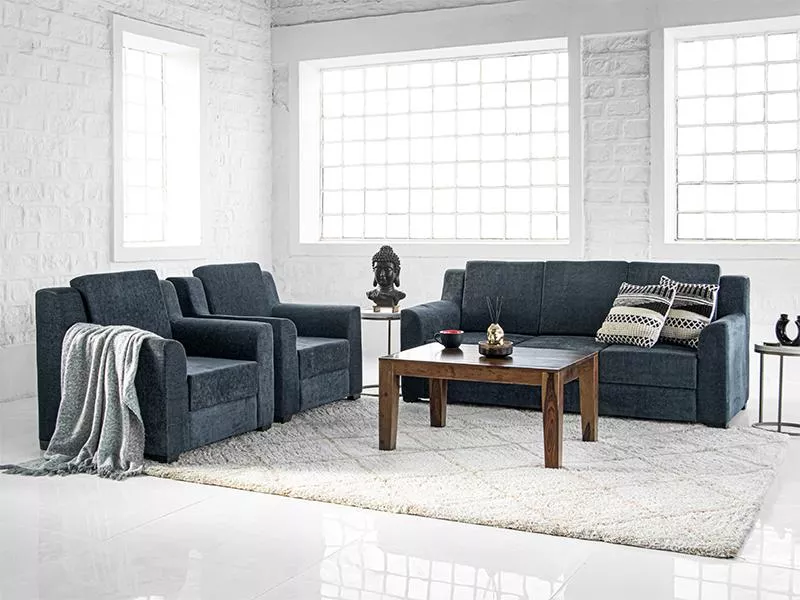
Click to rent sofa shown in the picture: https://cityfurnish.com/things/3973/erica-sofa-set-5-seater
Minimalism is all about embracing simplicity. If you want a home interior design that is uncluttered, sleek yet cozy, modern minimalism is the perfect choice.
a- A Streamlined Space
Minimalist design focuses on clean lines, neutral colors and simplifying your space. Get rid of knickknacks and clutter and choose high-quality furnishings with simple silhouettes. A few statement pieces like a luxurious sofa or striking lighting fixture will elevate the look without feeling cluttered.
b- Natural Materials and Textures
While the color palette is muted, minimalism celebrates natural materials like wood, stone and metal. Their organic textures create warmth and visual interest in an otherwise sparse space. Consider wooden floors, a stone fireplace or metallic accents.
c- Hide the Mess
One downside of minimalism is that any clutter or mess is on full display. Hide storage furniture, cabinets and closets will help keep your space looking perfectly streamlined. Baskets, bins and drawer dividers make it easy to organize smaller items out of sight.
d- A Calming Retreat
The minimalist vibe emanates tranquility. Soft, ambient lighting, luxurious bedding, plush rugs and a comfortable reading nook create a peaceful oasis. Minimalism may be simple but it can be an incredibly cozy and rejuvenating style when done right.
With some strategic editing and a focus on high-quality essentials, modern minimalism can transform your home into a sleek yet cozy retreat. Simplicity never felt so luxurious! By embracing minimalism, you’ll discover that less truly can be more.
3- Blending Classic & Contemporary Home Interior Design Theme
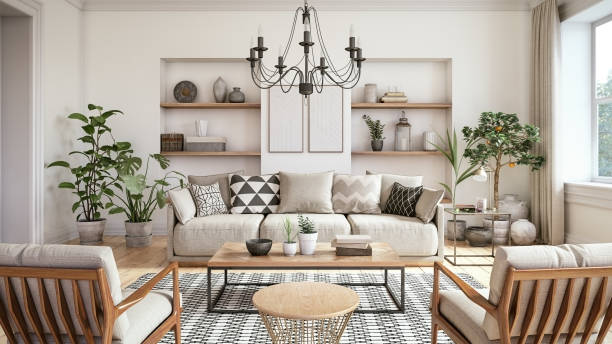
Timeless transitional design strikes a perfect balance between traditional and modern styles. By blending classic furnishings with contemporary accents, transitional rooms feel fresh yet familiar.
a- Flexible and Versatile
Transitional spaces easily adapt to changing tastes and trends, creating an home interior design that transcends passing fads. Keeping the overall look neutral and layering in pops of color or pattern allows you to update the space with each season. Focusing on high-quality pieces with simple silhouettes gives the room a timeless feel.
b- Warm and Welcoming
Transitional design prioritizes comfort, with plush furnishings, cozy textiles, and a neutral color palette. Natural materials like wood, stone, and woven fibers create texture and visual warmth. Statement lighting fixtures enhance the ambiance, casting a warm glow over the space.
c- Casual Sophistication
While transitional interiors exude an air of casual comfort, they also embody a sense of refined sophistication. Curated accent pieces, abstract artwork, and decorative objects reflect your personal style. Touches of luxe, like a crystal chandelier or marble-topped console, elevate the overall esthetic. Polished wood floors or natural fiber rugs anchor the space, tying the look together.
By blending the best of both traditional and modern design, the timeless transitional style creates an home interior design that is endlessly versatile yet perennially on-trend. Focusing on high-quality furnishings, natural materials, and a neutral color palette results in a space that is warm, welcoming, and casually sophisticated. Updating accessories and accents allows you to refresh the look with each season while maintaining a sense of comfortable familiarity. The timeless transitional style transcends passing fads, creating an home interior design that stands the test of time.
4- Rustic Home Interior Design Theme
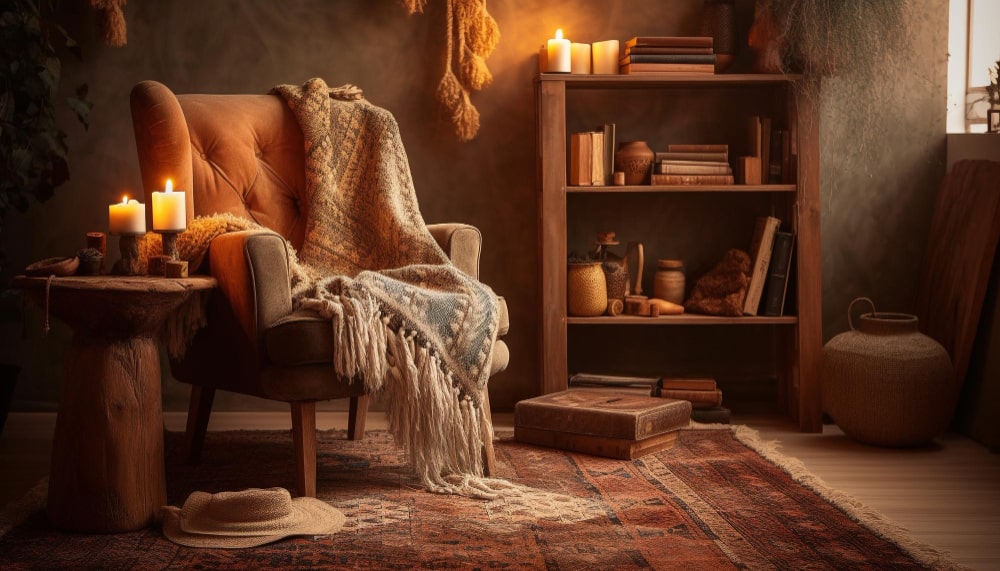
Rustic design brings natural warmth and rustic charm to any space. Raw wood elements, distressed furniture, and faded linens create a casual, inviting space perfect for relaxation. The imperfect, handcrafted feel of rustic style gives homes a sense of history and craftsmanship.
a- Cozy furnishings
Plush upholstered furniture, knit throws, and faux fur rugs bring rustic coziness to living spaces. Overstuffed chairs, couches, and benches with washable slipcovers are ideal for high-traffic family rooms. Look for furniture with rounded edges, sturdy frames, and comfortable cushions that invite lounging.
b- Natural materials

Rustic style focuses on organic and natural materials like wood, stone, cotton, and wool. Raw wood planks, barn wood, and reclaimed wood boards add warmth underfoot and on walls and ceilings. Area rugs, pillows, and upholstery woven from natural fibers complete the laid-back look.
c- Imperfect accents
Handcrafted, distressed, and worn accents give rustic spaces a timeless appeal. Look for wooden furniture with marks and scratches, faded linens, and accessories with patina. Vintage signs, baskets, lanterns, and trunks make great rustic accents. Their imperfect, well-loved look gives the impression they’ve always been there.
d- Earthy color palette
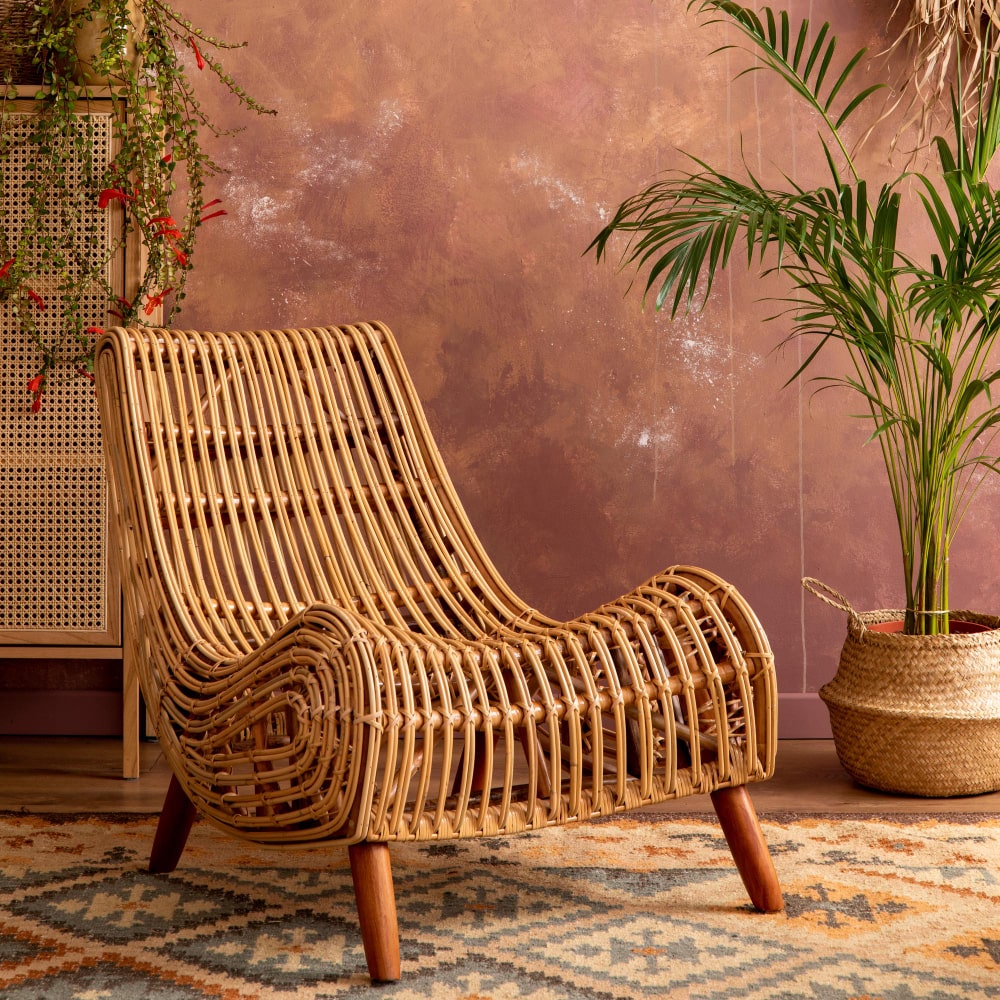
A neutral color palette of warm browns, olive greens, brick reds, and mustard yellows fits perfectly with rustic style. Tans, creams and washed-out blues also work well. Dark wood tones, bare wood, and stone provide contrast in rustic spaces. Paint walls in muted, organic shades or leave wood paneling bare for an authentic look.
Rustic home interior design may not suit every taste, but its natural warmth and craftsmanship create cozy retreats that never go out of style. With some distressed wood, plush textiles, and handcrafted accents, you can easily transform any space into a rustic oasis.
5- Luxurious Home Interior Design Theme
A luxurious esthetic reflects prestige and opulence.
a- Metallic Accents
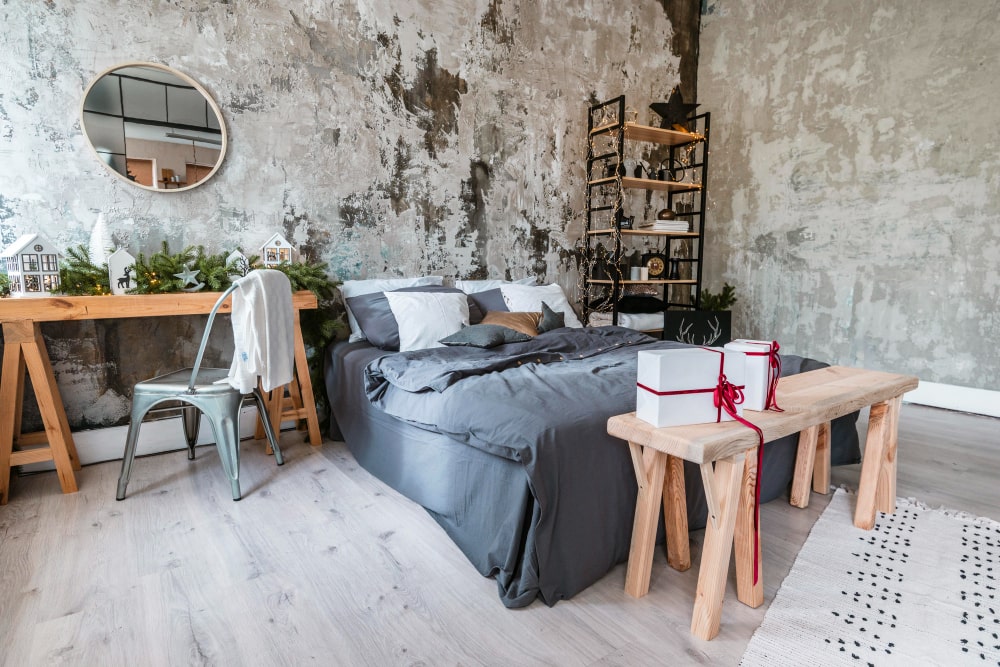
Incorporating gold and silver tones, whether in lighting fixtures, decorative objects or plush fabrics, immediately elevates the glamor quotient. A glamorous space features luxe materials like marble, velvet and silk in deep, rich colors.
b- Lavish Furnishings
Invest in statement pieces like a velvet sofa or tufted armchairs to establish an upscale look. Upholster furniture in jewel tones or animal prints for extra drama. Consider a bar cart, chaise lounge or fainting couch for lounging in style.
c-Custom Finishes
Pay attention to details with custom wall treatments like decorative molding, paneling or wallpaper. Add touches like a crystal chandelier, gilded mirrors, art and accessories. Framed black and white photography or vintage art also contribute to a glam esthetic.
d- Luxury Fabrics
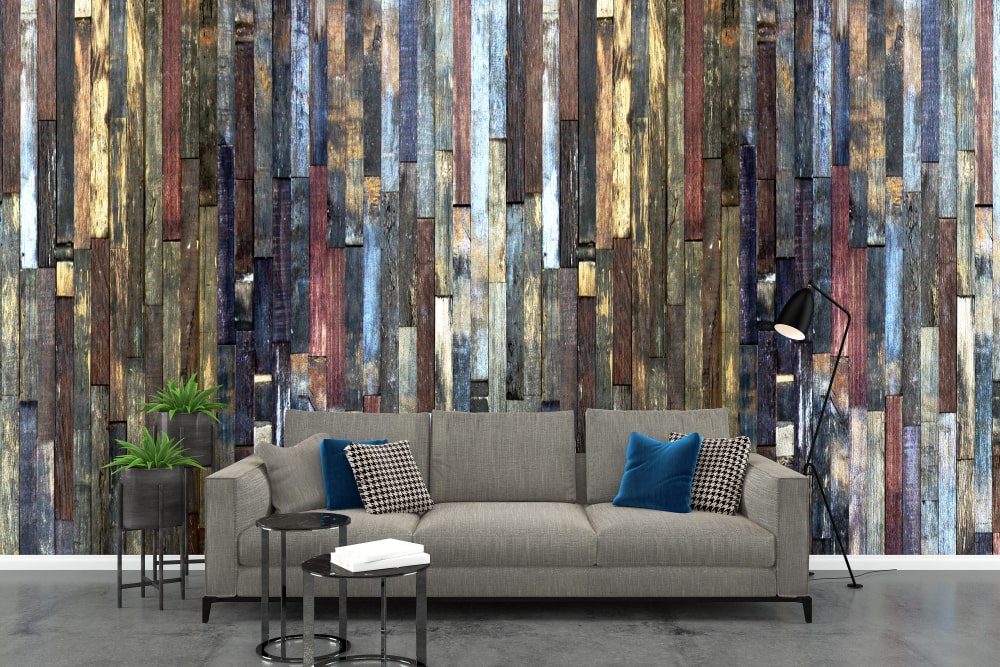
Incorporate luxurious textiles such as velvet, silk, fur and leather in furnishings, rugs, throws and pillows. Use tactile fabrics and natural materials to create a sense of indulgence.
Glamorous interiors celebrate opulence and encourage lavish living. An upscale color palette, custom details and high-quality materials come together for a sophisticated space that makes a dramatic statement. While luxurious design may come at a cost, focusing on key elements and statement pieces helps achieve the look without breaking the bank. Overall, glamorous style evokes a sense of fantasy and decadence for a space that feels like an escape from everyday life.
6- Home Interior Design FAQs: Your Top Questions Answered
a- How much does home interior design cost?
The cost of home interior design can vary significantly based on the scope of services. For smaller projects like single room makeovers or redesigning a few key spaces, you may spend $2,000 to $10,000 total. Larger scale whole-home renovations could cost $50,000 or more for high-end designer services. However, there are many affordable options too like using an online home interior design service, hiring a designer for consulting, or doing some DIY design.
b- How do I choose an home interior design style?
Choosing an home interior design style comes down to identifying what you like and how you want your space to feel. Some popular style options include:
- Traditional: Timeless elegance with rich details, plush furnishings and neutral color palettes. Warm and cozy.
- Contemporary: Simple, sleek and minimal with clean lines. Neutral color scheme with pops of color. Fresh and modern.
- Transitional: Blend of traditional and modern with classic silhouettes and subdued color schemes. Versatile and livable.
- Rustic: Natural, organic style with wood accents, neutral color palettes and handcrafted elements. Cozy, organic and laid-back.
- Bohemian: Eclectic mix of patterns, textures and cultural influences. Colorful, whimsical and free-spirited.
Once you determine the general style you prefer, look for inspiration from photos, blogs or home interior design professionals to refine your vision. Focus on the key elements like color, lighting, furnishings and accessories to achieve the look you want.
c- How can I use home interior design to make a small space feel bigger?
There are several tricks you can use to make a small space feel more spacious:
- Keep walls and floors bare. Too much clutter and busyness can make a room feel cramped.
- Use reflective surfaces like mirrors to create an open, airy feel. Place mirrors across from windows to reflect natural light.
- Choose a neutral color palette with light, bright accents. Dark colors and heavy patterns tend to make spaces feel smaller.
- Use multipurpose furniture that provides hidden storage. This prevents clutter buildup and maximizes your space.
- Add visual depth with architectural details like crown molding. Vertical lines and high ceilings create an illusion of spaciousness.
- Incorporate natural light through windows and skylights whenever possible. Well-lit rooms always feel more open and airy.
- Keep furnishings minimal and scaled to the room. Overcrowding a space makes it feel smaller than it is.
Take Away
Look, no matter your personal style, there are timeless home interior design themes out there to make your home feel like you. Traditional elegance brings old-world warmth and comfort. Modern minimalism keeps it clean, simple and chic. Transitional style effortlessly blends classic and contemporary elements. Rustic charm embraces that cozy, down-to-earth vibe. And luxurious glamor makes every day feel special.
The best part? You get to take the design journey that fits your lifestyle, taste and budget. Trust your instincts, have fun with it and create a space that lifts your spirit. Your home should be a reflection of you. So embrace your style and make it shine.

